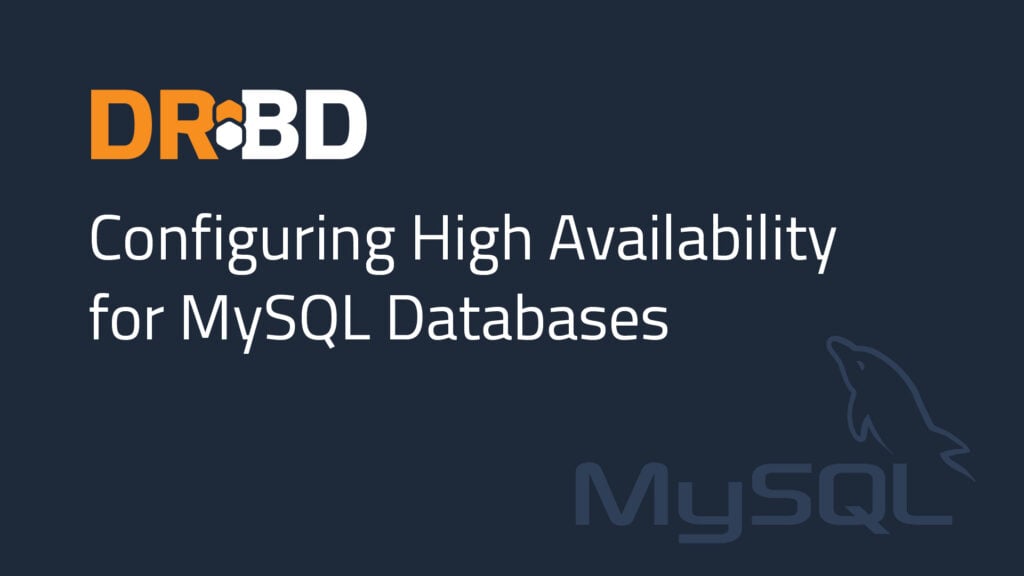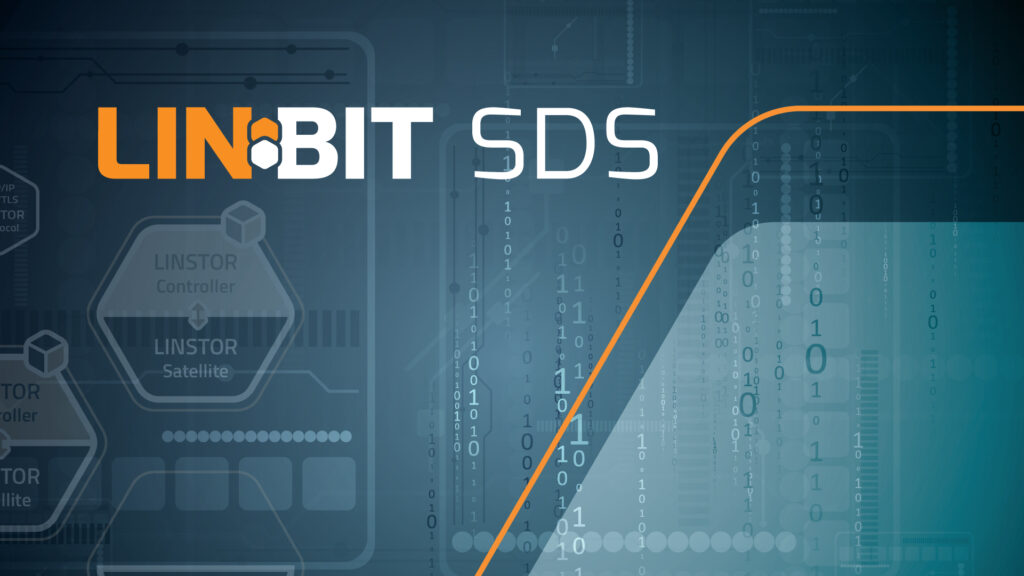How We Test DRBD

As I am still involved in DRBD development, this newsletter edition includes insights into how we test DRBD. Sometimes, testing begins with a bug in DRBD that embarrasses the developer. Other times, the developer takes pride in understanding a newly discovered issue and finding the mistake in the code. Whichever the case, the developer is […]
Configuring High Availability for MySQL Databases Using DRBD

Before MySQL version 5.5, released in December of 2010, MySQL only natively supported asynchronous replication which had the potential to lose data under certain conditions. Due to this risk, DRBD® was often used to transparently provide synchronous replication at the block level, underneath the database. Because DRBD is situated in the Linux kernel as a […]
Conference & Software Updates

May is conference season. Kicking off the season, I gave a short presentation last week at a STAC research event in London. As you can imagine, it is no surprise that AI has arrived in the finance industry. An angle I was unaware of before and only realized at the conference is that what we usually call […]
Continuously Improving our Build Automation

Jia Tan owned the previous newsletter with their work on the XZ/ssh backdoor. I wanted to write about HashiCorp and Redis, and a common theme between the two companies of changing their licensing of important software projects from open-source licenses to proprietary licenses. Several news sites have featured articles related to the topic. Here is […]
Abstracting Persistent Storage Across Environments With LINBIT SDS

Kubernetes can be thought of as an infrastructure abstraction layer for on-premise and cloud computing. The applications you deploy into one cloud platform or on-premise Kubernetes cluster can usually be deployed into another cluster using the same manifests and automations. That is a huge win for developers and development life cycles in terms of simplicity […]